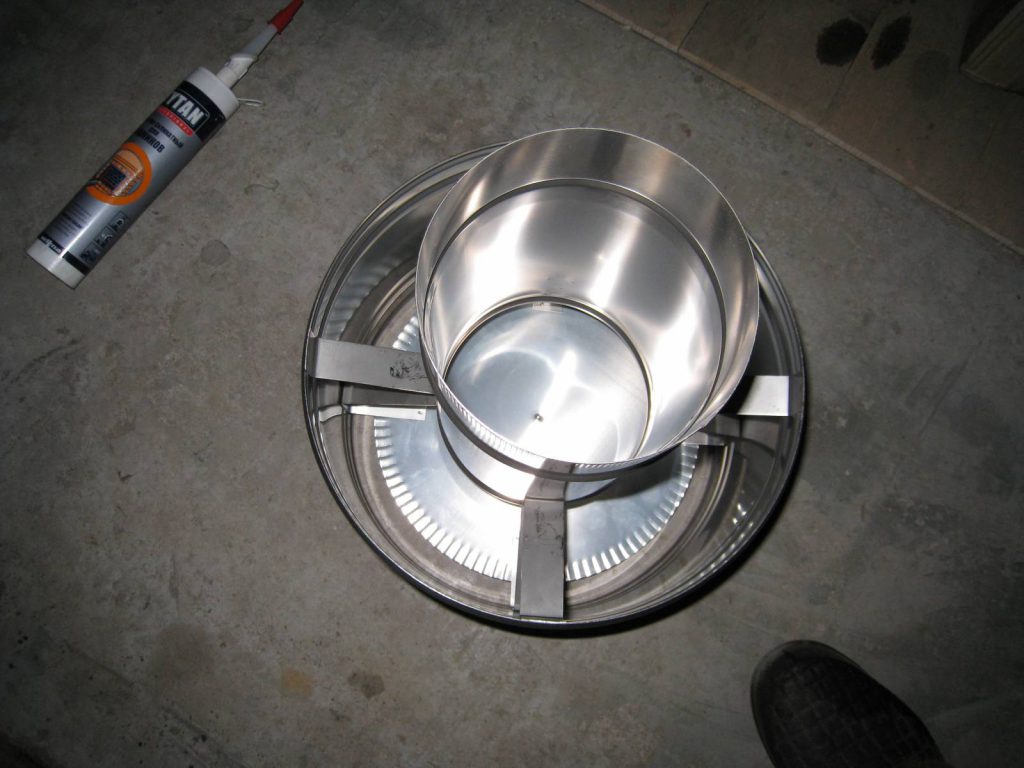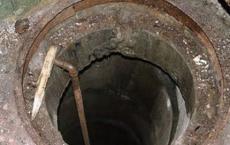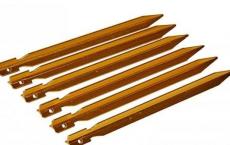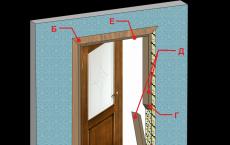Do-it-yourself Volpert-Grigorovich deflector
How important the ventilation system in the house is probably understood by both novice developers and those who decide to upgrade this system. Properly functioning ventilation is the key to the well-being of the inhabitants of the house, the absence of unpleasant odors (dampness, mold, burning and others) and condensate on the windows, the timely removal of accumulated carbon dioxide and radon (harmful gas entering building structures from the ground).
What is a deflector and why is it needed
It is known that the most common ventilation system is natural. It has an influx of fresh air and an exhaust of exhaust air using different temperature and atmospheric values inside and outside the room. But, unfortunately, for the ventilation system, such a difference in modes is relevant only in the cold season. In the summer months, there is practically no draft in the hood. But during this period it can be "forced" to work. The efficiency of the ventilation system is favorably influenced by such a natural phenomenon as wind.
And, in order to enhance such an impact, a special device is used in the exhaust part of the ventilation system - the Volpert-Grigorovich deflector. Installed - on the top of the exhaust pipe or channel. The work is based on physical laws, namely Bernoulli's law.
Important! Wind currents, flowing around the walls of the deflector from the outside, create rarefied air almost around the entire perimeter of the device. This process makes it possible to "suck" the exhaust air from the hood with a sufficiently large force. If it is simpler, then - additional traction is created by the wind blowing the deflector, and it arises even from a small breeze.
The design of the Volpert-Grigorovich deflector
Interest in the deflector of this design is indicated by the fact that it combined the developments of Volpert and Grigorovich. It consists of only three elements fastened together:
- diffuser;
- covers;
- reverse cone.
The presence of a reverse cone (under the protective visor) makes the device efficient in low winds. A feature of the Volpert-Grigorovich deflector is the curved surface of the diffuser and the presence of a cover in the form of an umbrella. The reverse cone allows not to produce such a rather complex diffuser surface, which further simplifies the design. Therefore, the self-made Volpert-Grigorovich deflector is easy to manufacture and, at the same time, more efficient than other devices to improve performance or the ventilation (chimney) system.

The deflector is made rounded. A square device is also possible if the installation is carried out on a square duct. But, as practice shows, a design of this form is not desirable, since the corners do not allow the air masses to move correctly, and this affects the quality of the deflector. In such cases, they get out of the situation with the help of an adapter installed on a square-section ventilation duct.
The device is effective all year round
Installing the device allows you to create traction at any time of the year. This is the main advantage of the Volpert-Grigorovich deflector. In addition to it, there are several other undeniable advantages.
- Due to the simplicity of the design, it is possible to make it yourself.
- Returning to the school physics course, it should be recalled that the longer the pipe on the roof, the better the traction. The deflector, without extending the chimney, will increase the draft by as much as if 2 meters of pipe were added.
- The efficiency of the heater increases up to 25%, and the efficiency of the ventilation system up to 20%.
- Installing a deflector designed by Volpert-Grigorovich allows you not to use a forced exhaust system.
Warning! The deflector must not be placed on the exhaust pipe of a gas boiler. This requirement is reflected in SNiP 41-01-2003 Heating, ventilation and air conditioning and is mandatory for systems installed in all buildings and structures (residential and non-residential premises).
Making a deflector with your own hands: step by step instructions
The design is quite simple to manufacture, but it is first necessary to make calculations. It is very important to determine all dimensions, otherwise their violation is fraught with incorrect operation of the deflector, which loses all sense of its use.
Step #1 Calculation
To carry out calculations, it is necessary to know the main indicator - the cross section of the pipe on which the deflector is installed. Knowing it, you can calculate the remaining required dimensions.



